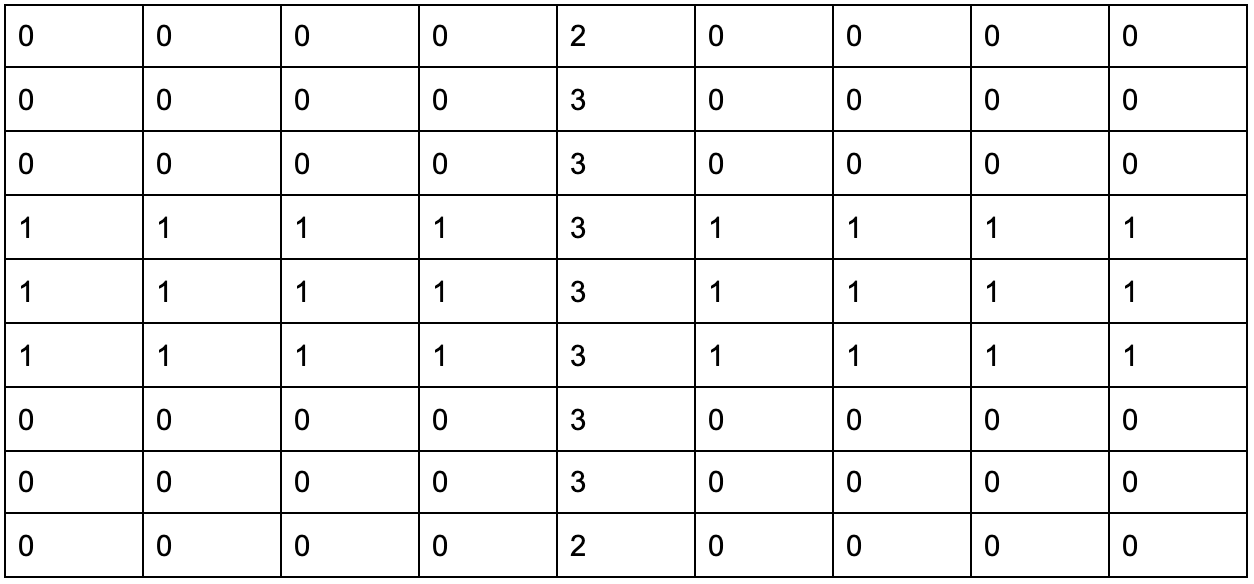Convolutions and Pooling
Convolution
The filter that I chose to run three times was:
[ [-1,-1,-1], [-1,0,1], [1,1,1] ]
My First Run
The image looked like this after the first run:
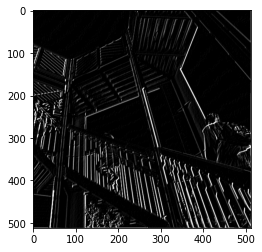
This run focused on vertical and diagonal lines more than horizontal lines. When I do convolution, I am essentially putting the matrix that I made over a 3x3 grid of pixels, but focusing on the center one. I am then multiplying each value in my matrix with its corresponding pixel, and adding up the total. Whatever the total is, it replaces the center pixel. Then I move on to the next pixel and repeat.
This is definitely useful for computer vision, as it can help computers recognize outlines, straight lines, and shapes. Although, as we see in my next images, convolution should probably only be done once. Otherwise, you will get a picture like my second run.
My Second Run
The image looked like this after the second run:
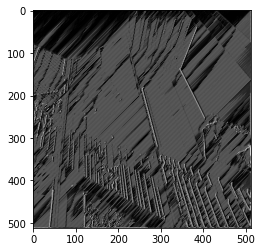
This is weird! The well defined shapes that we saw before are now gone, replaced by a sea of gray. The original picture is barely visible. I am going to be honest, I don’t really know how the image managed to become like this, especially at the top areas with the sky, which was previously all black.
My Third Run
The image looked like this after the third run:
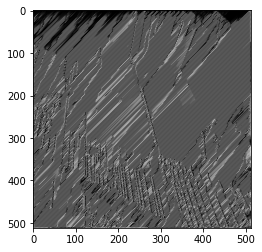
This is a stranger version of the previous image. The original image is not visible at all. Additionally, the black streaks in the middle of the second image were replaced by white in this third run. That probably has to do with more grey pixels than black pixels getting in the same convolution matrix layer.
Pooling
The purpose of pooling is to go through the image, taking a grid of 2 x 2 pixels (it can be any amount), and finding the greatest valued pixel in the grid. That pixel then “replaces” the grid in the image, making the image smaller. This is useful if you have many images to store, because it reduces image size while maintaining the overall image. Here is a pooling run of my first convolution run:
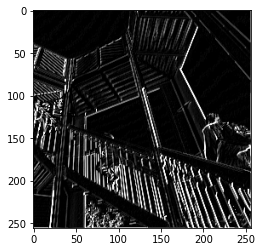
As you can see, the image looks pretty much the same. The only difference is the axes on the side are from 0-256 instead of 0-512. That is a decrease by a power of 2. If I was storing 1,000,000 images and I performed pooling, that would free up half of my storage space.
Convolution Over Matrix
I took the top matrix and used it to perform one convolution run on the bottom matrix.
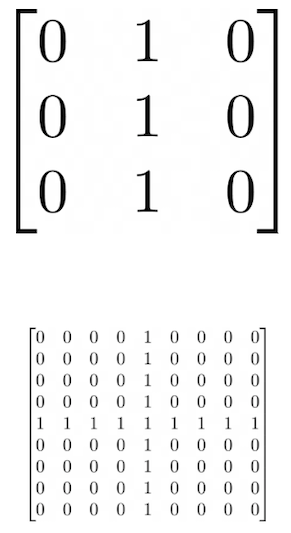
This is my result:
